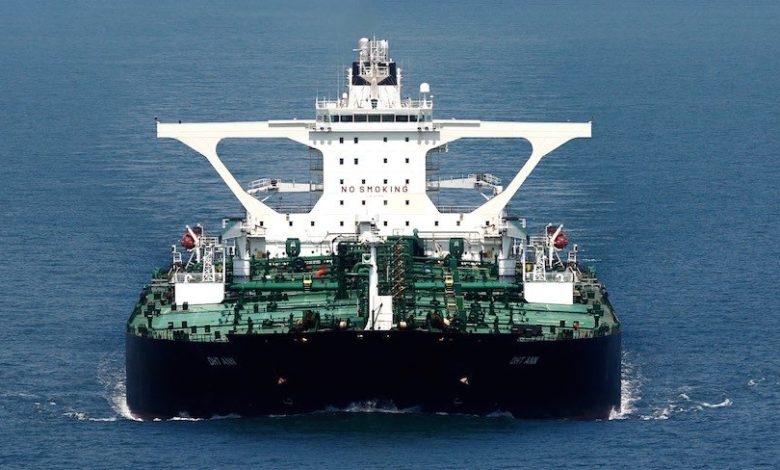Volatility and uncertainty on the tanker front

Rebecca Galanopoulos Jones, head of research at Alibra Shipping, takes a look at the tanker market outlook for Q2.
For the first quarter of 2020, we have been dealing with an exceptionally unusual situation to say the very least due to the COVID-19 pandemic that continues to have an unprecedented impact globally. In the tanker market, we would usually expect some volatility in the first few months of the year due to the lunar new year celebrations in the far east, however this year saw average one-year t/c VLCC rates for tankers up 39% from last year, despite a fall in demand from China due to the virus. If the statistics are to be believed, the pandemic is said to be under control in the Far East but in Europe and in the US the situation has yet to peak and the situation is progressively becoming more serious.
The price war between Saudi Arabia and Russia, caused the market to be flooded with oil. As a result, oil prices experienced the largest fall in oil prices seen since the Gulf War in 1991, sending VLCC earnings above $200,000, the highest levels seen since tanker rates peaked in October 2019. Period rates have also firmed off the back of the sentiment in the spot market and earlier this month we saw time charter estimate for a VLCC for one-year rose to an all-time high of $80,00/pdpr. This week rates have cooled off slightly as we await the outcome of the OPEC+ meeting which could finally see a deal reached on crude output cuts.
The last few weeks have seen over 43 VLCCs fixed on period charters, mainly for storage, however the strong sentiment hasn’t yet filtered down into the other sectors as much as owners would have liked and the emphasis remains strongly on the larger ships. Given the levels of uncertainty, it is impossible to predict what the long-term future for the tanker market will look like. In the short-term however, we expect to see firm rates for the next quarter but tailing off in Q3 which is traditionally the quiet season for the tanker market but it is not unheard of to see unusual patterns in the summer and winter months and if one thing is for certain, 2020 will be a yo-yo year for tanker markets.
On the clean side, we have seen increased interest in the LR2 sector for shorter periods of a maximum of a year, again for clean petroleum products storage, and fixture levels have moved up recently. Alibra has seen interest from traders for clean storage with one-two clean VLCCs soon to take delivery and to be filled up with gasoline instead of crude. It is not unheard of for traders to use new vessels to store clean petroleum products which can only be done with virgin tanks.
Low oil prices have been a glimmer of hope for Tanker operators. However, the reduction in the spread between IFO/VLSFO has made the economic case for scrubbers near redundant. Many owners either have scrubber installation pending and considering whether or not to proceed as the price differential between the very low sulphur fuel and regular blends is very small, making scrubbers not cost effective at the moment. Other owners who have already commenced scrubber installation, have had vessels stuck in dry dock in China, where work has come to a halt during the pandemic and consequently vessels have been unable to trade and make the most of the firm market rates.
Almost every person on the planet has been affected in some way by this virus and as such we have no answers as to how this will affect this shipping industry in the long term. In the short term, we are experiencing a period of volatility and uncertainty with no one able to predict what will happen on a day to day basis.
